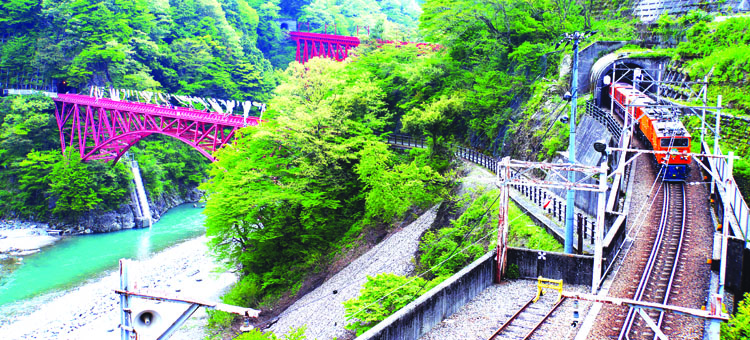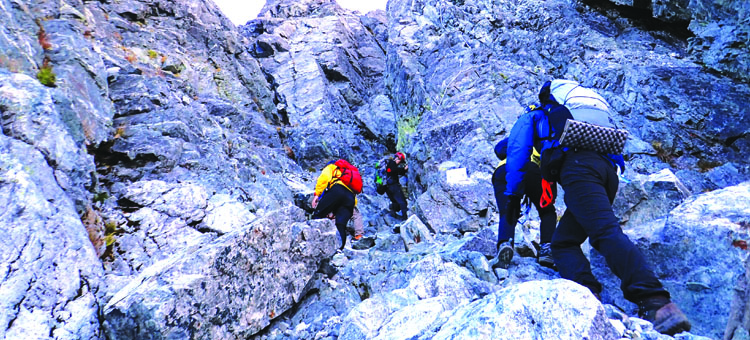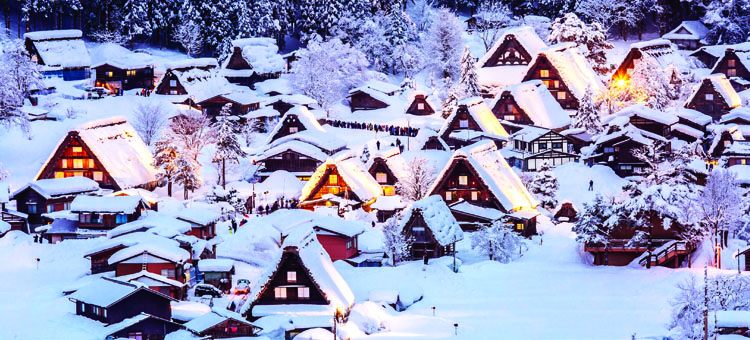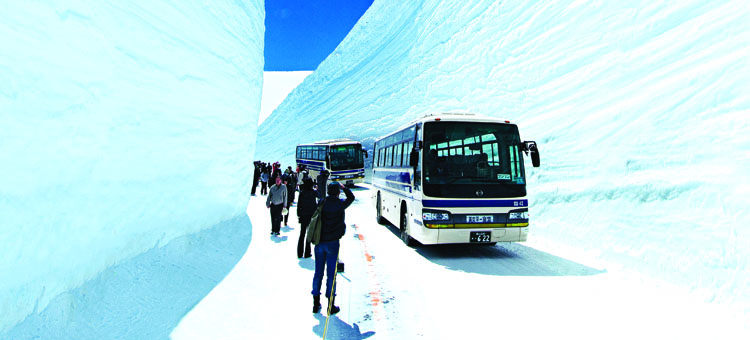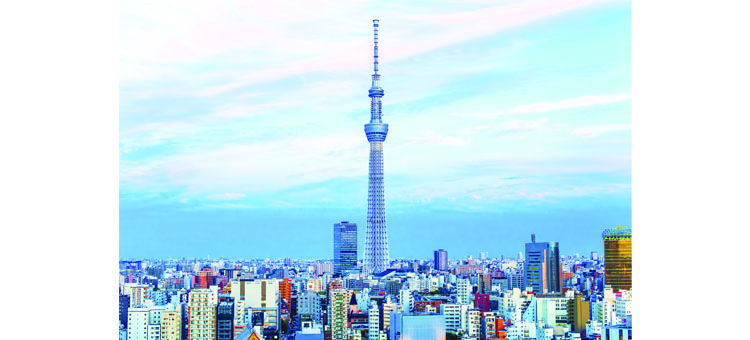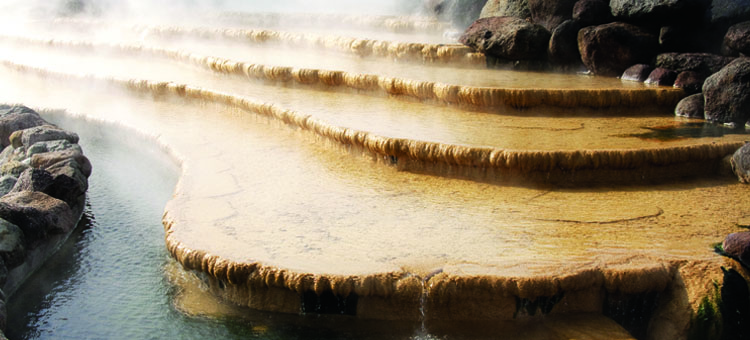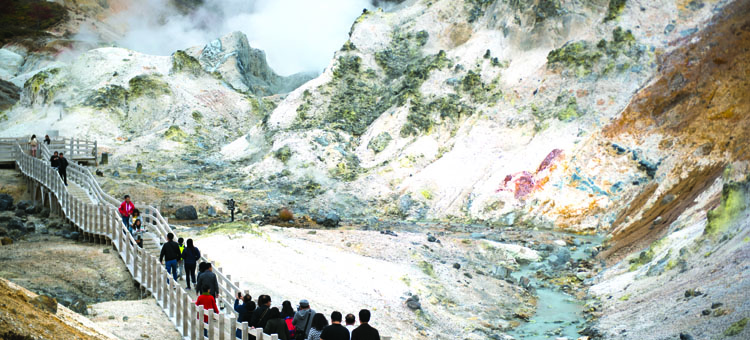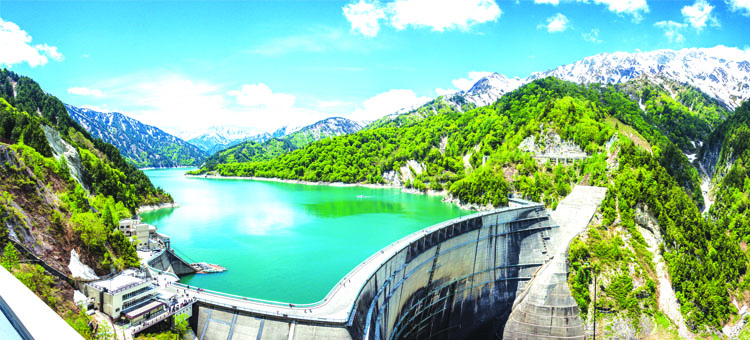Mumbai: Heart-breaking scenes of devastated Japan fans cleaning Rostov Arena in tears post the last-gasp loss to Belgium in the Russia FIFA World Cup 2018 are still fresh in everyone’s mind. Be it sports or service, Japan’s heartiness is legendary. The concept of ‘omotenashi’, or selfless hospitality, is a cornerstone of Japanese culture. No wonder, Japan is touted as one of the World’s Friendliest Countries.
Today, major infrastructure boom and technology-enabled promotional campaigns are driving Japan’s tourism growth, which is thriving in the run up to the Summer Olympics 2020. Come summer 2020, Japan’s tourism industry will enter a watershed moment with Tokyo set to host the Summer Olympics.
In the run up to the Games, Japan is giving its infrastructure a massive makeover, ushering in a tourism renaissance of sorts. There will be a high demand for accommodation during the Games. And so, many hotels are planning to increase capacity and make necessary changes to meet the soaring market demand.
Japan achieved its 2020 target of 20 million Foreign Tourist Arrivals (FTAs) five years ahead of the set deadline. Hence, it has revised its target for 2020, reportedly, to 40 million! Japan National Tourism Organisation (JNTO) has set three different Tourism Policies to achieve this target: Utilising tourism resources for regional revitalization, putting emphasis on using the tourism resources efficiently; developing tourism industry as a new economic pillar by reviewing the old regulation – aimed at augmenting productivity, which is important for the tourism industry; improving travel infrastructure.
As Japan leads the world in terms of advanced technology, it is easier to provide high-quality services to visitors. Japan’s expansion plan to add more infrastructure facilities before the Olympics is well on track. Japan received 28.69 million inbound tourists in 2017 mainly from East Asia, China, Korea and other nations. FTAs from China is pegged at 15.4 per cent (approx.).
“About 85 per cent, which is 24.7 million tourists are from Asia. Hence, we need to try and attract more travellers from Europe, US and India”, says, Kenichi Takano, Executive Director, JNTO India. JNTO is also introducing scores of new programmes like Japan Specialist Programme to educate travel agents through e-learning. In its expansion plans for the Asian market, India features top of the chart.
JNTO is promoting new routes like the Alpine, Hokkaido and Tohoku, and marketing MICE and destination weddings, Leisure, Gastronomy, Adventure, Art and Culture in the Indian market. The organisation has also launched a website and e-learning programme especially for India.
Imposing snow wall corridor, mystic Tateyama-Kurobe Alpine Route, ethereal hot springs, a resolute Nagasaki and uber-techy Tokyo, Japan is the Wakanda of the tourism world. In the run-up to the Summer Olympics, the island country in East Asia is pulling all stops to offer the taste of its much extolled hospitality to millions set to descend upon the Land of the Rising Sun
Rajeev Kale, President and Country Head – Holidays, MICE, Visa & Passport Services, Thomas Cook (India), says, “We have received an increasing number of queries from our discerning customers to travel to one of the world’s wildest mountain drives, Tateyama-Kurobe Alpine Route in Japan, also called as the ‘Roof of Japan’. Our growth to Japan has been impressive, at over 65 per cent across segments. Based on strong demand, we have operated group tours too that incorporated the Alpine Route.”
The Indian outbound market has been growing for Japan with each passing day. This is due to the growing sense of awareness among travellers from India about Japan being one of the safest cities in the world, with a beautiful and rich cultural heritage. But JNTO wants a lot more.
Around 24 million tourists visiting Japan are from Asia. Unfortunately, Japan received only 1,34,400 tourists from India in 2017. In H1 of 2018, 80,600 Indians travelled to Japan, a YoY growth of 15.9 per cent. “I would like to say, this is quite modest. I expected more than this,” concedes Takano. Increasing the tourist arrivals from India is top priority. Middle class and elite customer segments largely prefer Japan. JNTO is taking measures to lure these two segments from India.
If one can set aside a week, then two days each in Tokyo, Alpine Route and Nagasaki, can offer an experience of a lifetime. It’s a journey worth taking to the Land of the Rising Sun.
Did you know…
- For solo women travellers, Japan is the safest city in the world
- Instead of residing in the hotel, visitors can stay in Ryokan (Japanese-style Inns) to experience nature at close quarters
- Enjoy traditional performing arts like Kabuki, Sado (Tea Ceremony), Sumo (Japanese-style Wrestling)
- Take a dip in the exotic Onsen (Hot Springs)
- Satiate palates at authentic Indian restaurants
- English-speaking tour guides are at beck and call
- Go baggage-free during sightseeing
- Mumbai and Delhi have direct flights to Narita Airport in Tokyo. The Alpine Route is easily accessible from Tokyo and has many famous sightseeing spots
Narita – Tokyo – Toyama – Tateyama
Famed for its Tateyama-Kurobe Alpine Route and towering snow walls, Toyama is part of Japan’s snow country. When the snow begins to melt, the Tateyama Mountains (3000m) and various gorges draw nature lovers and outdoor enthusiasts for scenic hikes, mountain exploration and casual hot spring getaways
How to Get There
By bus or train: Narita Airport sTokyo Station
By Hokuriku Shinkansen: Tokyo Station
s Toyama Station (travel time: 2H)
Alpine Tourist Pass:
Rs. 6500
Tateyama- Kurobe Alpine Route
Rising through rugged terrain to the heart of Japan’s Northern Alps, the Tateyama-Kurobe Alpine Route is filled with adventure. This unique and naturally spectacular journey through Japan’s Northern Alps is so high it’s often called the ‘Roof of Japan’
Don’t Miss
- Trekking the Tateyama Mountains and visiting a volcanic crater lake
- Spectacular stargazing and mountain views from Murodo, the main hub and highest point of the Tateyama-Kurobe Alpine Route
- Ride the trolley car through the densely wooded mountain passes of the Kurobe Gorge
- Hot spring bathing, hiking courses, and observation points dotting the gorge
- The Tateyama-Kurobe Alpine Route’s immense snow corridor in early spring, with snow walls up to 20 meters high
- Shomyo Falls and Midagahara, home to unique mountain flora and hiking courses
- Kurobe Dam, one of Toyama’s most ambitious constructions
- The World Heritage villages of Suganuma and Ainokura, collectively known as Gokayama with the thatch-roofed houses
How to Get There
The starting point of the Tateyama-Kurobe Alpine Route is Tateyama Station if approaching from Toyama. From Toyama take the Toyama Chiho Railway Line from Dentetsu Toyama Station. The Tateyama-Kurobe Alpine Route starts in Tateyama City and terminates in Omachi City, Nagano Prefecture
Best Time to Visit
The Tateyama-Kurobe Alpine Route’s impressive snow corridor opens in April when the snow walls are at their highest. If one can’t make it in April, the snow usually remains until early June. This is the time when visitors can walk through the ‘Yuki-no-Otani’ snow wall in Murodo. Indulge in snow slide, snow play or the Snowscape view from the Daikanbo Ropeway
Wander the Pits of Hell
Visitors can see evidence of the volcanic upheaval, which shaped the geography of the area in the sulfurous crags of Jigo-ku-dani (literally, ‘Hell Valley’) and the nearby Tateyama Caldera
Shirakawa-go
Stay in a traditional home built without nails, and sample Japan’s version of moonshine – Shōchū. Recognised by UNESCO® as a World Heritage Site, each house is a masterpiece of carpentry in this beautiful village. The focal point of Shirakawa-go is Ogimachi, a hamlet of gassho-zukuri style houses. Tall and narrow, with thatched roofs that slope steeply to the ground – a necessity during the heavy snowfalls of the winter – the name gassho-zukuri literally means ‘like praying hands’.
Tokyo-Fukuoka- Nagasaki
Anything but sombre, Nagasaki is a vibrant port city full of color and international flair. More a bustling town than a packed metropolis, the city of Nagasaki is full of things to do
Don’t Miss
- Paying respects at the Nagasaki Peace Park
- Festive celebrations at the Nagasaki Lantern Festival
- Dejima and Glover Garden – home to some of Japan’s earliest foreign merchants
- Panoramic views from Suwa Shrine
- The beautiful beaches of the Goto Islands, offering delicious fresh seafood, stunning nature and breathtaking beaches
- Relaxing on Dejima Wharf, watching the sun go down with an array of food and drink
- Scaling Mt. Inasa for one of the top three night views in all of Japan
- Unzen Onsen, most renowned for its outdoor hot spring fields and healing properties of the sulphuric waters
- Nagasaki Atomic Bomb Museum
How to Get There
If travelling by air, flying to Fukuoka and Nagasaki is the best option. Alternatively, one can catch the bullet train all the way from Tokyo to the city of Fukuoka. From there, either catch a bus or ride the Kamome Limited Express to Nagasaki Station
Tokyo
A business and cultural mega center that’s home to tens of millions of people, Tokyo is also the crossroads where the Japanese interact with citizens from all over the world. And yet its off-beat side is what has gained worldwide fame. The media loves to focus on Harajuku’s vibrant and evanescent fashion, robot restaurants, maid cafes and the passionate uberfans known as otaku. But as busy as Tokyo is at giving birth to new ideas, cultures and inventions, it’s just as fastidious about preserving tradition, carefully maintaining its traditional gardens, shrines and temples.
Don’t Miss
- Imperial Palace – serene gardens, moats and traditional structures all around
- Tokyo Station – walk to Ginza, an elegant shopping district or Nihonbashi, home to the Coredo Muromachi shopping centers and traditional restaurants
- National Museum of Modern Art (MOMAT), one of Japan’s largest art museums
- Check out 360-degree Theatre, Experience Corner and Hachiko at National Museum of Nature and Science
- Tokyo Tower – the 250-m-high Special Observatory (currently under renovation until spring 2019)
- Tokyo Disney Resort – Tokyo Disneyland, DisneySea and Ikspiari; Adventureland, Westernland, Fantasyland, Tomorrowland, Critter Country, Mickey’s Toontown, Star Wars-themed Star Tours and more
- Universal Studios – Travel to Jurassic Park or the Wizarding World of Harry Potter
- Experience the vibrant youth culture of Japan in Harajuku and Shibuya, the fashion capitals of Tokyo
- Tokyo Skytree – get a bird’s-eye view of Tokyo from the tallest structure


